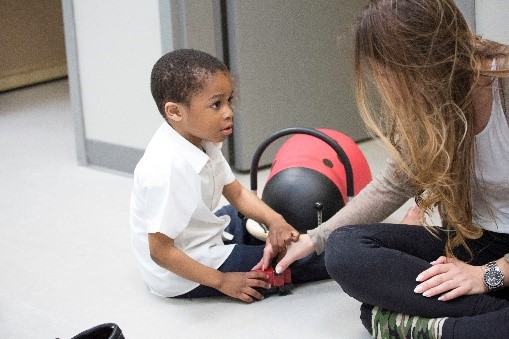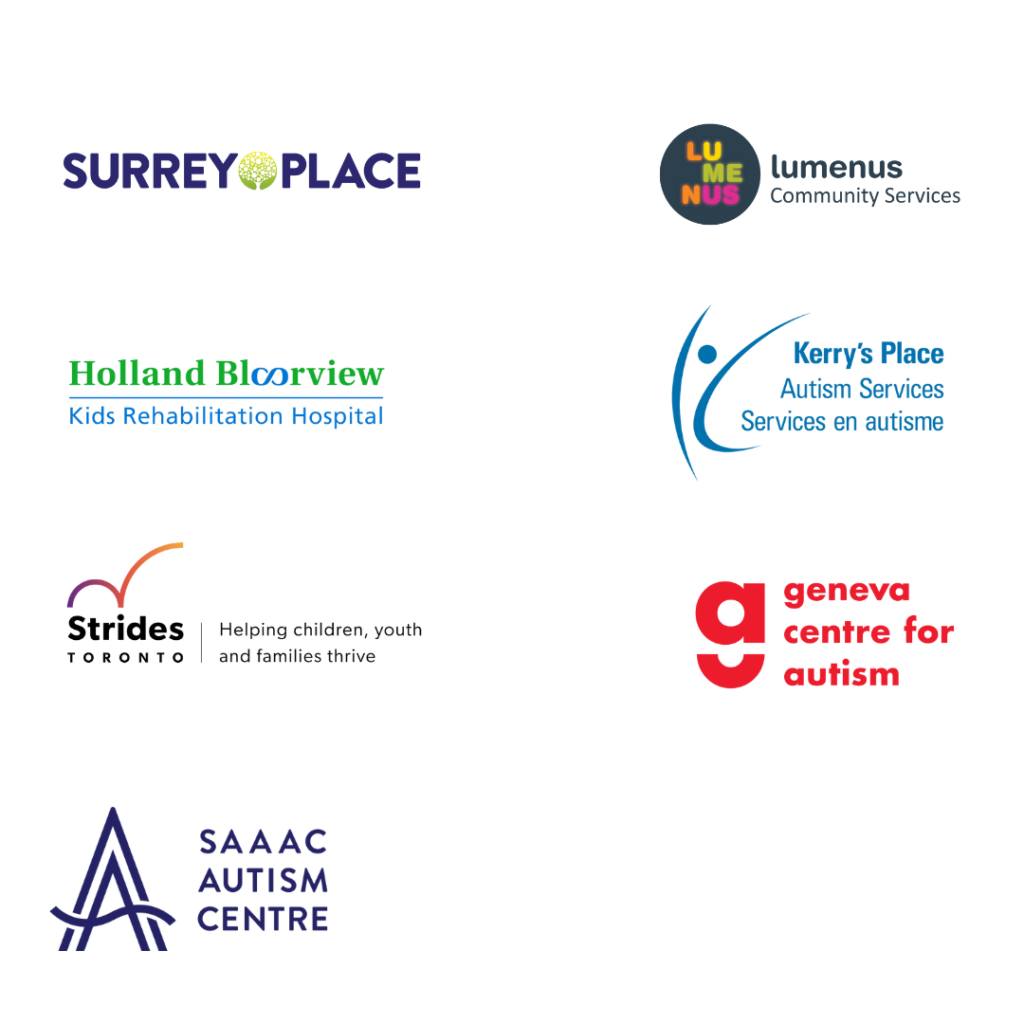Overview Information
Access: [Referral / Walk-in / Call-in]
Ages: [ 0-18 ]
Cost: Contact for Pricing
Rapid support to ensure your child’s safety.
To Register:
Call 1-833-575-KIDS (5437)
Children with autism are particularly vulnerable to harm, including inappropriate behaviours, negative thoughts, and physical aggression. Safety is a critical issue among their families and caregivers. Our new Urgent Response Service provides timely services to address a specific need, designed to prevent risk escalation to self, others, and/or property. Children and their families can receive up to 12 weeks of personalized services and support, which may include:
- Short-term consultation with a child’s intervention team, caregivers and educators
- Respite services
- Direct support to the family and professionals involved to implement behaviour therapy with the child using a mediator model approach
Each child and family will have an Urgent Response Service Coordinator working with them to develop and oversee the service plan. The coordinator will also provide service navigation to other services within or outside the Ontario Autism Program.
1.What are the eligibility criteria?
The Urgent Response Service is appropriate for you and your child if:
- You have a child between the ages of 0 to 18.
- Your child has a diagnosis of autism spectrum disorder (ASD).
- Your child is registered in the Ontario Autism Program.
- Your child is showing one of the following high-risk behaviours that have escalated in intensity over the last 14 days:
- Suicidal ideation or behaviour
- Violent thinking
- Fire starting
- Harm to animals
- Risk of exploitation
- Self-injurious behaviour
- Aggression
- Inappropriate sexual behaviour
- Flight risk
- Property destruction
You and your child are not eligible if:
- You need emergency services. Call 911 or your local health department.
- Your child’s behaviour requires crisis support service. Refer to our list of distress and crisis phone lines to find the right support.
- You need an out-of-home residential service. While respite services may be part of the service, they will be time-limited and require the respite provider to participate in delivering the intervention plan for the child.
2. What happens after registration?
Families can self-refer or can be referred by a clinician, care coordinator or other relevant professionals. Upon referral, you will be screened to determine if you are eligible. If you are eligible, an Urgent Response Service coordinator will work with you to develop the intervention plan.
If you are not eligible, the coordinator will help the family connect with other services within or outside the Ontario Autism Program
3. What does a typical session look like?
For the family
- The first step is to design the service plan for the child and family with an Urgent Response Service coordinator. The coordinator may make referrals at this point to other services outside of the Urgent Response Service that might be helpful to the family.
- Service elements may be part of the plan as determined by the coordinator and other professionals. The services provided will prevent further escalation of risk of harm to self, others, and/or property.
- The behavioural intervention is based on a mediator model approach. This means the clinician works with the family to support them in managing the child’s behaviour. The clinician does not provide behavioural intervention directly to the child alone. Therefore, the family needs to be prepared to work actively with the clinician(s) over the 12 weeks to de-escalate the target behaviour.
- Respite services that are part of the service plan will be time-limited and require the respite provider to participate in the delivery of the intervention plan for the child.
- Once the plan is implemented, the coordinator will monitor the delivery of services. The coordinator will meet with the family at the end of the six-week period to review the plan and once again before completing the service.
For service providers involved with the family
- Other professionals currently working with the child and the family, such as a core service provider or an educator, may be called upon at the start of the process. They will be a part of the team designing the intervention for the child. They may be asked to meet during and/or at the end of the service to support the family.
- Current service providers may also receive a mediator model or consultation support from those providing the intervention.
Before the end of 12 weeks of service, the family will meet with the coordinator to review the status of the child’s behaviour and determine what other referrals can be made on their behalf to services within or outside the Ontario Autism Program. The family is then discharged from services at the end of 12 weeks.
4. Questions?
If you have additional questions, contact Surrey Place at childrens.registration@surreyplace.ca


Contact Us:
For more information, please fill out the form below.
Please note by filling out this information, you are giving permission for us to contact you.